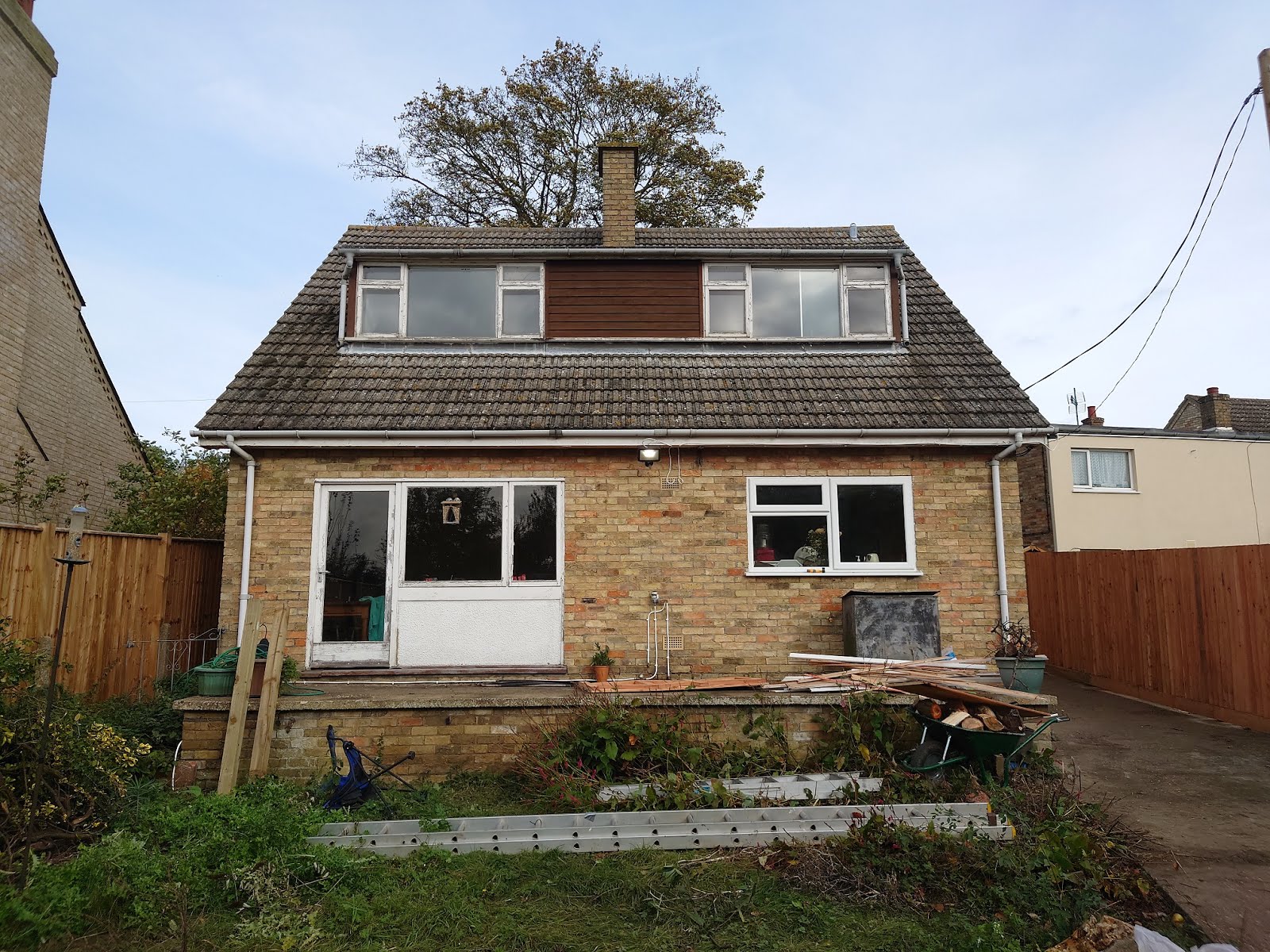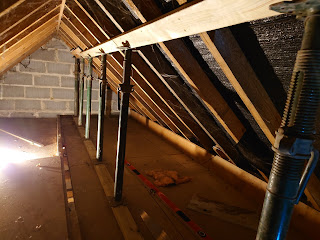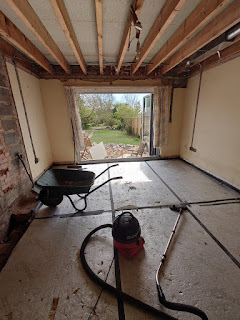Popular posts from this blog
Upside down house and sound insulation
With an upside down house, one thing we needed to solve was sound insulation between the upstairs and downstairs. We didn't want people asleep in bedrooms to be disturbed by anyone upstairs either late at night or early in the morning. We consulted Encon insulation in Newmarket and they put us in touch with a specialist who recommended the Isomass acoustic proofing system whereby the bedroom ceilings are 'decoupled' from the joists above by a series of bars and blocs. " Isocheck Isoblock & Isobar is a high performing sound reduction system designed to offer a more robust alternative to a standard resilient bar with similar low profile (space saving) features. The Isocheck Isoblock and Isobar system comprises a vibration absorbing steel channel which is secured to studs and joists with isolation blocks. Attaching the isolation block to ceiling joists, timber and metal studs simply and easily secures the Isobar furring channel and decouples the gypsum board fro...
Downstairs floors, insulation, underfloor heating and screed
Now that the upstairs we liveable, it was time to start on the downstairs. First we had to remove the remaining screed from the back of the house. Then lay insulation. We put 125mm of insulation in the front rooms to bring it to roughly the same height as the back. Next we had to put down a later of polythene and a foam expansion strip around the outside to allow for the screed to expand when heated by the underfloor pipes. Then we lay the 16mm Thermrite (pex-al-pex) underfloor heating pipes and clipped down onto the insulation. We had 7 zones in total. The one big mistake we made was not too pressurise the system. We were told we only needed to fill the pipes with water. This is not correct, its important to pressurise the system up to about 6 bar and then let it drop and sit at 1.5 bar, otherwise the screed will crack. Because we didn't do this we had to cancel the screed delivery and go back into the queue. It meant that we had to move out for a month as we couldn't live in ...






Comments
Post a Comment